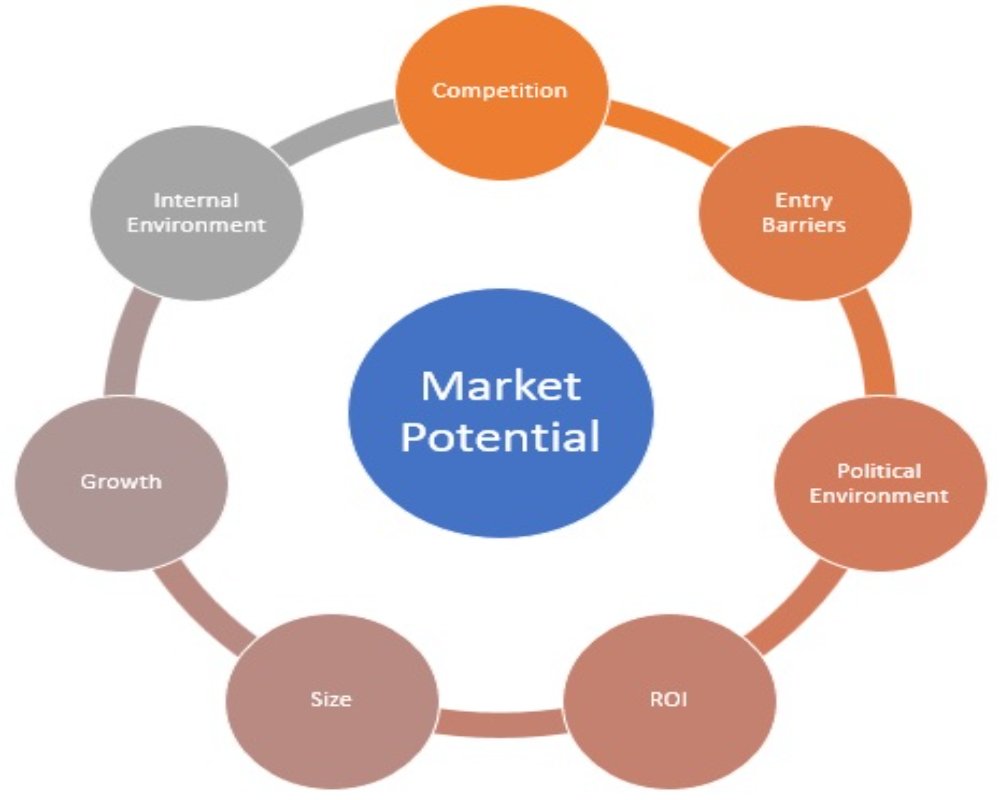Introduction
In real estate and urban planning, understanding what drives the potential of a land parcel or development site is essential for making informed decisions. While many factors influence development potential—from zoning regulations to infrastructure—market-driven elements are among the most dynamic and decisive. Market-driven development potential factors refer to those elements rooted in real-time economic demand, demographic trends, and commercial viability. These factors help determine whether a development concept will succeed in a specific location, what type of project is feasible, and how much value can be extracted from the land. Unlike regulatory or physical constraints, market-driven factors are shaped by human behavior, regional economic performance, and shifts in supply and demand.
Demand and Demographics
The most fundamental market-driven factor is demand, which is heavily influenced by population growth, income levels, lifestyle trends, and employment patterns. Areas with rising populations, especially among target demographics like young professionals, families, or retirees, often see strong demand for new housing, retail, or mixed-use developments. Income levels and consumer spending habits dictate what types of services or products people will support—whether luxury condos, affordable housing, entertainment spaces, or medical facilities. A favorable demographic profile not only increases the likelihood of project success but also affects pricing strategy and design requirements.
Economic and Employment Trends
The strength and diversity of a local economy significantly impact development potential. A robust employment base, growing job market, and the presence of key industries—such as technology, finance, or healthcare—fuel real estate demand across all asset types. Cities or neighborhoods experiencing economic expansion typically attract businesses, investors, and residents, all of which increase pressure for new development. Conversely, regions with stagnant or declining economic activity may not support large-scale development, regardless of land availability or zoning permissibility.
Real Estate Market Conditions
The current state of the real estate market—such as vacancy rates, rental yields, absorption rates, and sale prices—offers direct insight into development potential. High occupancy rates and rising rents suggest a supply-demand imbalance and may justify new construction. Similarly, market shortages in specific sectors (e.g., limited office space, lack of retail options, or high housing demand) create development opportunities. Feasibility studies and market reports are often used to assess whether the local market can absorb additional square footage or new property types.
Competitive Landscape
Analyzing nearby developments, proposed projects, and existing competitors is crucial in understanding how a new development would perform. If the market is oversaturated, adding more of the same product may result in poor absorption and low profitability. However, identifying underserved niches—such as co-working hubs, senior housing, or lifestyle retail centers—can present lucrative opportunities. Competitive analysis helps developers position their project to fill a gap or differentiate itself in terms of design, pricing, or amenities.
Consumer Preferences and Lifestyle Trends
Modern development must also account for changing consumer behavior. Preferences for walkability, sustainable design, flexible workspaces, health-conscious environments, and community-oriented amenities directly influence the type of development that will thrive. Market-driven potential increases significantly when a project aligns with contemporary lifestyle needs, such as integrating technology, offering hybrid live-work units, or creating spaces that encourage social interaction and mobility.
Conclusion
Market-driven development potential factors are central to evaluating whether a site or concept is viable in the real world. While regulations and physical constraints set the framework for what can be done, market forces ultimately determine what should be done. By analyzing demand, demographics, economic trends, market conditions, and consumer behavior, developers and planners can craft projects that are responsive, profitable, and sustainable. A keen understanding of these factors ensures that development aligns not only with physical space and legal boundaries but also with the evolving needs and expectations of the people who will live, work, and invest in these spaces.
Hashtags
#MarketDrivenDevelopment #EconomicGrowth #ConsumerDemand #Innovation #SustainableDevelopment #Entrepreneurship #MarketTrends #InvestmentOpportunities #SupplyChainManagement #CompetitiveAdvantage #BusinessStrategy #GlobalMarkets #TechnologyAdoption #RegulatoryEnvironment #SocialImpact #MarketResearch #ResourceAllocation #ValueCreation #StakeholderEngagement #EconomicResilience


